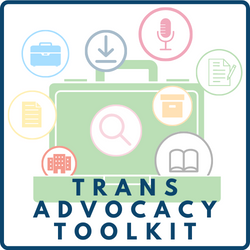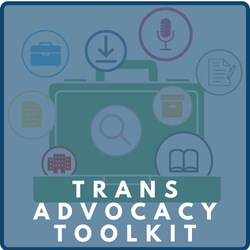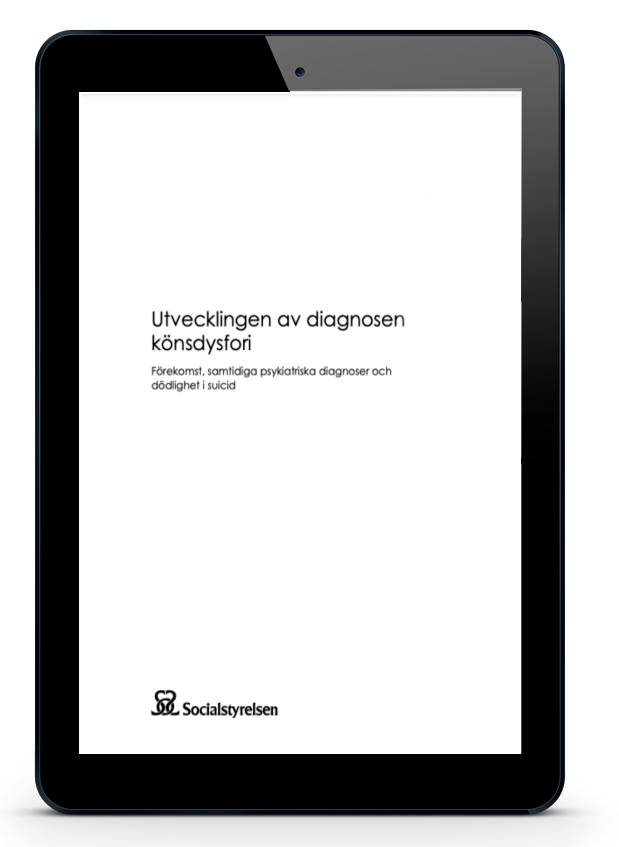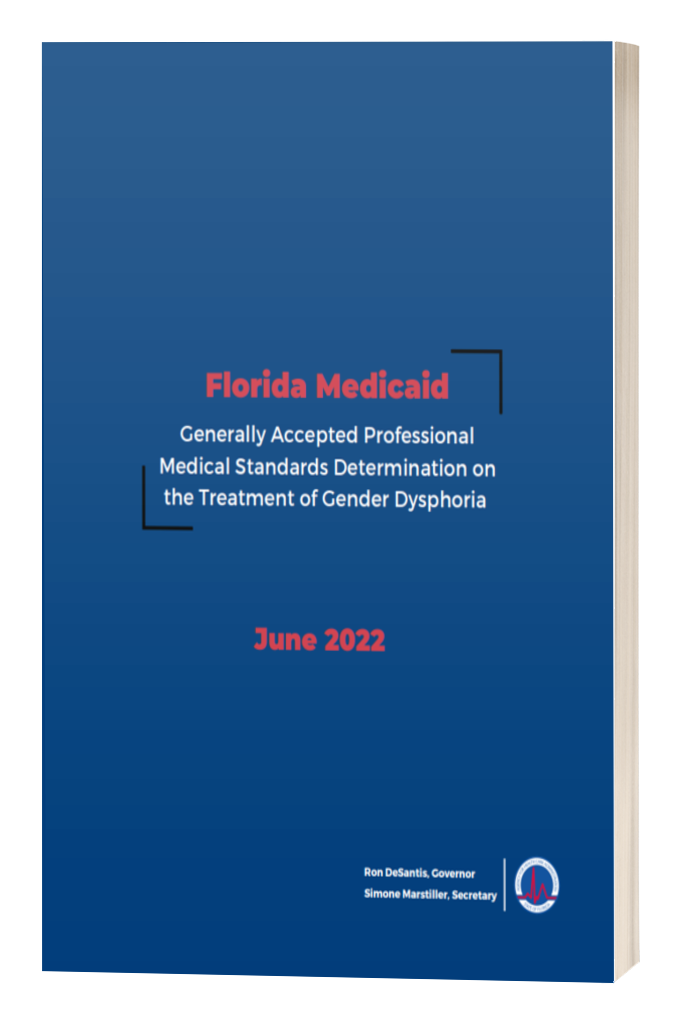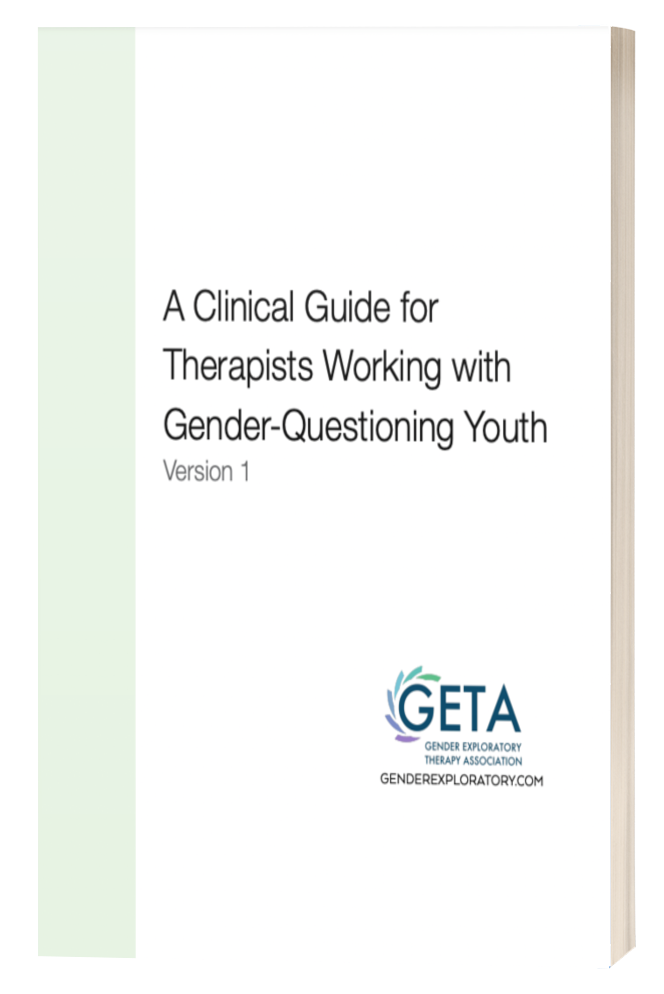UNDERSTANDING TRANSGENDER ISSUES
Resources by Topic
PUBERTY BLOCKERS | CROSS-SEX HORMONES | SURGERY | CONSENT | POTENTIAL CAUSES | ROGD | SUICIDE | SOCIAL TRANSITION | MEDICAL TRANSITION | SOCIAL CONTAGION | PARENTAL RIGHTS | POLICIES | EXPERIMENTATION | LEGISLATION | SOGI | WOMEN’S SPORTS | PUBLIC ACCOMMODATIONS | BIRTH CERTIFICATES | INTERSEX/DSD | COMPELLED SPEECH | AFFIRMATION | GENDER DYSPHORIA | DESISTERS/DETRANSITIONERS | THERAPY BANS
Puberty Blockers
Books
Videos
Gender Dysphoria in Children: A Cry for Help Not Hormones
The Boyce of Reason
Commonsense Care
Dysphoric
Medical Harms from the Treatment of Child and Adolescent Gender Dysphoria
HB1057 Senate Committee Hearing – Vulnerable Child Protection Act
NHS child gender clinic: Staff welfare concerns ‘shut down’ – BBC Newsnight
Puberty blockers: Under-16s ‘unlikely’ to be able to give informed consent
Puberty blockers: ‘We need facts and evidence, not ideology’
The Rise of Transgender Medicine
Detransition Conference and medical ethics in the age of gender identity
ROGD Webinar
Trans Mission
Trans Train
Utah House Judiciary Committee Hearing Highlights on HB 399
Michelle Cretella
Organizations
Guides
Research
The effect of GnRHa treatment on bone density in young adolescents with gender dysphoria
Background More young people with gender dysphoria (GD) are undergoing hormonal intervention starting with gonadotropin-releasing hormone analogue (GnRHa) treatment. The impact on bone density is not known, with guidelines mentioning that bone mineral density (BMD) should be monitored without suggesting when. This study aimed to examine a cohort of adolescents from a single centre to investigate whether there were any clinically significant changes in BMD and bone mineral apparent density (BMAD) whilst on GnRHa therapy.
Use of puberty blockers for gender dysphoria: a momentous step in the dark
We write with three areas of concern about the increasing use of puberty-blocking medication for gender dysphoria (GD) referred to in your recent leading article.
The Tavistock’s Experiment with Puberty Blockers
The Dutch protocol promised to create a more passable simulacrum of the opposite sex than could be achieved by physical intervention in adulthood. It was therefore embraced by trans-identified children and their parents, by older transgender activists, and by some clinicians specializing in gender dysphoria. The Gender Identity Development Service (GIDS), part of the Tavistock and Portman NHS Foundation Trust, treats children with gender dysphoria from England, Wales, and Northern Ireland. It launched an experimental study of “puberty blockers”—the more friendly term for GnRHa when administered to children with gender dysphoria—in 2011. The experiment gave triptorelin to 44 children, which in all or almost all cases led eventually to cross-sex hormones. This paper describes the origins and conduct of this study and scrutinizes the evidence on its outcomes.
Puberty Blockers and Suicidality in Adolescents Suffering from Gender Dysphoria
Turban et al. (2020) contributed nothing to our knowledge of the effects of suppressing puberty in adolescents.
Given that puberty suppression left up to a third of patients with abnormally low bone density, Joseph et al.’s recommendations are surprisingly complacent. One is to reduce DXA monitoring which ‘can have significant financial implications for healthcare providers’. Another is to change the computation of Z-scores; ‘reference ranges may need to be re-defined for this select patient cohort’. Rather than altering a measure that provides inconvenient findings, practitioners of puberty suppression must record fractures as adverse events.
Puberty Blockers and Suicidality in Adolescents Suffering from Gender Dysphoria
According to Turban, King, Carswell, and Keuroghlian (2020), suicidal ideation is lower in transgender adults who as adolescents had been prescribed “puberty blockers”—gonadotropin-releasing hormone analogs (GnRHa). This finding was derived from a large nonrepresentative survey of transgender adults in the U.S., which included 89 respondents who reported taking puberty blockers. Turban et al. (2020) tested six measures of suicidality and three other measures of mental health and substance abuse. With multivariate analysis, only one of these nine measures yielded a statistically significant association: the respondents who reported taking puberty blockers were less likely to have thought about killing themselves than were the respondents who reported wanting blockers but not obtaining them. This finding was widely reported in the media; the lead author published a column on its implications for health policy in the New York Times (Turban, 2020).
Correction to Bränström and Pachankis
After the article “Reduction in Mental Health Treatment Utilization Among Transgender Individuals After Gender-Affirming Surgeries: A Total Population Study” by Richard Bränström, Ph.D., and John E. Pachankis, Ph.D. (doi: 10.1176/appi.ajp.2019.19010080), was published online on October 4, 2019, some letters containing questions on the statistical methodology employed in the study led the Journal to seek statistical consultations. The results of these consultations were presented to the study authors, who concurred with many of the points raised. Upon request, the authors reanalyzed the data to compare outcomes between individuals diagnosed with gender incongruence who had received gender-affirming surgical treatments and those diagnosed with gender incongruence who had not. While this comparison was performed retrospectively and was not part of the original research question given that several other factors may differ between the groups, the results demonstrated no advantage of surgery in relation to subsequent mood or anxiety disorder-related health care visits or prescriptions or hospitalizations following suicide attempts in that comparison.
The Right to Best Care for Children Does Not Include the Right to Medical Transition
Refuting that any child has the right to medically transition
Debate: Different strokes for different folks
A gender social transition in prepubertal children is a form of psychosocial treatment that aims to reduce gender dysphoria, but with the likely consequence of subsequent (lifelong) biomedical treatments as well (gender-affirming hormonal treatment and surgery).
Transgender youth may initiate GnRH agonists (GnRHa) to suppress puberty, a critical period for bone-mass accrual. Low bone mineral density (BMD) has been reported in late-pubertal transgender girls before gender-affirming therapy, but little is known about BMD in early-pubertal transgender youth.
The Dutch Protocol for Juvenile Transsexuals: Origins and Evidence
It has been a quarter of a century since Dutch clinicians proposed puberty suppression as an intervention for “juvenile transsexuals,” which became the international standard for treating gender dysphoria. This paper reviews the history of this intervention and scrutinizes the evidence adduced to support it.
Puberty Blockers, Cross-Sex Hormones, and Youth Suicide
Lowering legal barriers to make it easier for minors to undergo cross-sex medical interventions without parental consent does not reduce suicide rates—in fact, it likely leads to higher rates of suicide among young people in states that adopt these changes. States should instead adopt parental bills of rights that affirm the fact that parents have primary responsibility for their children’s education and health, and that require school officials and health professionals to receive permission from parents before administering health services, including medication and “gender-affirming” counseling, to children under 18. States should also tighten the criteria for receiving cross-sex treatments, including raising the minimum eligibility age.
Articles
Podcasts
Powerpoints
Policy Briefs
Other Resources
Lupron Victims Hub
The following *incomplete* list of lawsuits against Lupron's manufacturer entail its prescription to ``treat`` prostate cancer, endometriosis, fibroids, and infertility - and are listed in no particular order.
ViewRuling in THE TAVISTOCK AND PORTMAN NHS FOUNDATION TRUST case UK
This is a claim for judicial review of the practice of the defendant, the Tavistock and Portman NHS Foundation Trust, through its Gender Identity Development Service (GIDS) and the first and second Interveners (the Trusts) of prescribing puberty-suppressing drugs to persons under the age of 18 who experience gender dysphoria.
View



